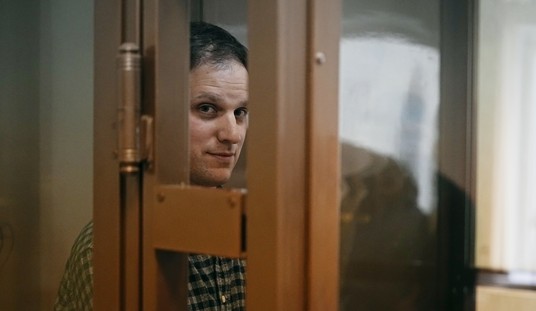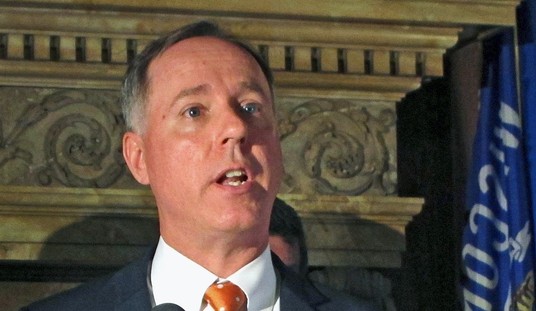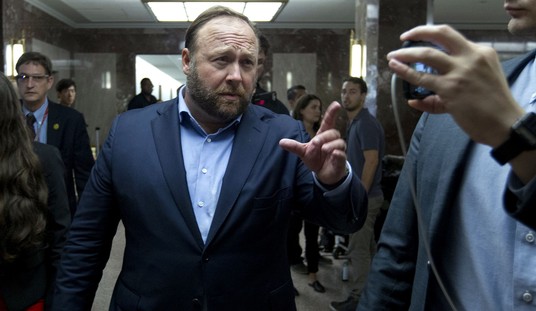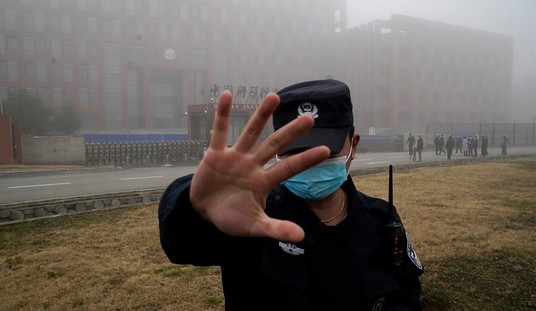Over the weekend, I looked at some of the questions that have been popping up about the new Johnson & Johnson vaccine and Dr. Anthony Fauci’s declaration that everyone should just stop worrying and take whatever vaccine was available to you. Surprisingly, I received some pushback, even from some of our regular readers, saying I shouldn’t be “instilling doubt” about the vaccine. Well, it turns out I wasn’t the only one who had questions. I received a flash news alert in my email inbox from NBC News and the headline suggested that there were indeed questions about the comparative quality of the various vaccines. But the actual article may not have lived up to the billing.
First I’ll start with the flash alert that went out and let you be the judge. Here are both the subject line and the text of the message. (Emphasis added)
The Johnson & Johnson vaccine could be a ‘game changer.’ But the rollout comes with some risks.
Having two vaccines is good. But three is better — and experts say Johnson & Johnson’s newly authorized vaccine could make a major difference in getting the pandemic under control. The third vaccine option, however, raises important questions about who should get which vaccine and why.
It could “come with some risks?” Asking “who should get which vaccine and why?” That certainly doesn’t make it sound like NBC News got the memo from Dr. Fauci, does it? But when I went and read the entire NBC News article, the tone was very different. The vast majority of it was just a glowing review of how great it was to have a third source for vaccines and how the fresh supplies might help ease distribution issues. It was only when you reached the very end of the lengthy article that you saw the “risks” and “questions” mentioned in the email.
First of all, here’s the title of the published article. You’ll note that it’s quite different in tone than the mailer. “J&J vaccine could be a ‘game changer.’ Here’s why a third option matters.”
And here’s the end portion I mentioned.
Still, a third vaccine option now raises important questions about who should get which vaccine and why. While Johnson & Johnson’s vaccine may be more practical for certain communities, it’s important for public health officials to be mindful of how people are affected by these decisions, Jean-Jacques said.
“Perception is going to be key, and trust is going to be key,” she said. “If the perception is that this is a second-class vaccine or that this vaccine is being reserved for historically marginalized communities, then that will put up more barriers for people getting the vaccine.”
So they don’t seem to be saying that the J&J option is a “second-class vaccine.” They’re just worried that some people will perceive it that way, particularly in traditionally underserved communities. The report then turns around and pretty much mimics what Fauci said, stressing the importance of not comparing the vaccines and focusing the public’s attention on the more positive news. (Emphasis added again)
One way to combat misperceptions is to avoid direct comparisons and instead stress the context behind the numbers.
“The message that this vaccine is 100 percent effective against death from Covid-19 is borne out by the data,” Jean-Jacques said. “That’s a simple message to get across.”
Safo said doctors and public health officials should also focus on what’s at stake, which is especially important when dealing with vaccine hesitance.
Is it just me, or does this sound more like a J&J marketing campaign than any sort of technical analysis of the efficacy of the newest vaccine? They want everyone to stress the fact that nobody has died from COVID or gotten sick enough to require ICU care after receiving their shot during the trials. And don’t get me wrong here. Those two factors are certainly good news when you consider the alternative. But what most people are probably still wondering is how effective the vaccine is in ensuring that you don’t catch COVID in the first place. Isn’t that really the driving factor? This report leaves one with the impression that a lot of people who received the J&J shot still contracted the disease, otherwise, how would they have those numbers to share?
I’m fully prepared to be proven wrong, but let me see if I’ve assimilated all of this information correctly. According to the FDA and CDC information that was initially released in December, if you received the Pfizer or Moderna shots, you had an astounding 95% chance of not coming down with COVID. If you get the J&J shot, you have a roughly 72% chance of being immune to contracting the disease, but it’s almost certain that you won’t die or need to be put on a respirator if you’re in the unlucky 28% who catch it anyway. Is that right? Because if so, that means there could be 28% of the population who take the J&J vaccine who won’t have a worst-case result but could still be walking around spreading the disease while thinking they are immune.
Call me suspicious or a Negative Nancy or whatever you like, but these comments from Fauci and subsequent media reports don’t inspire a lot of confidence. And if people in rural areas and underserved communities start asking if they are indeed being given a “second-class vaccine,” neither the government nor the media are doing a very good job of allaying those fears.








Join the conversation as a VIP Member